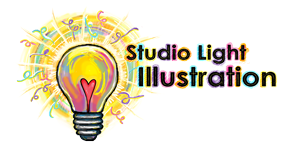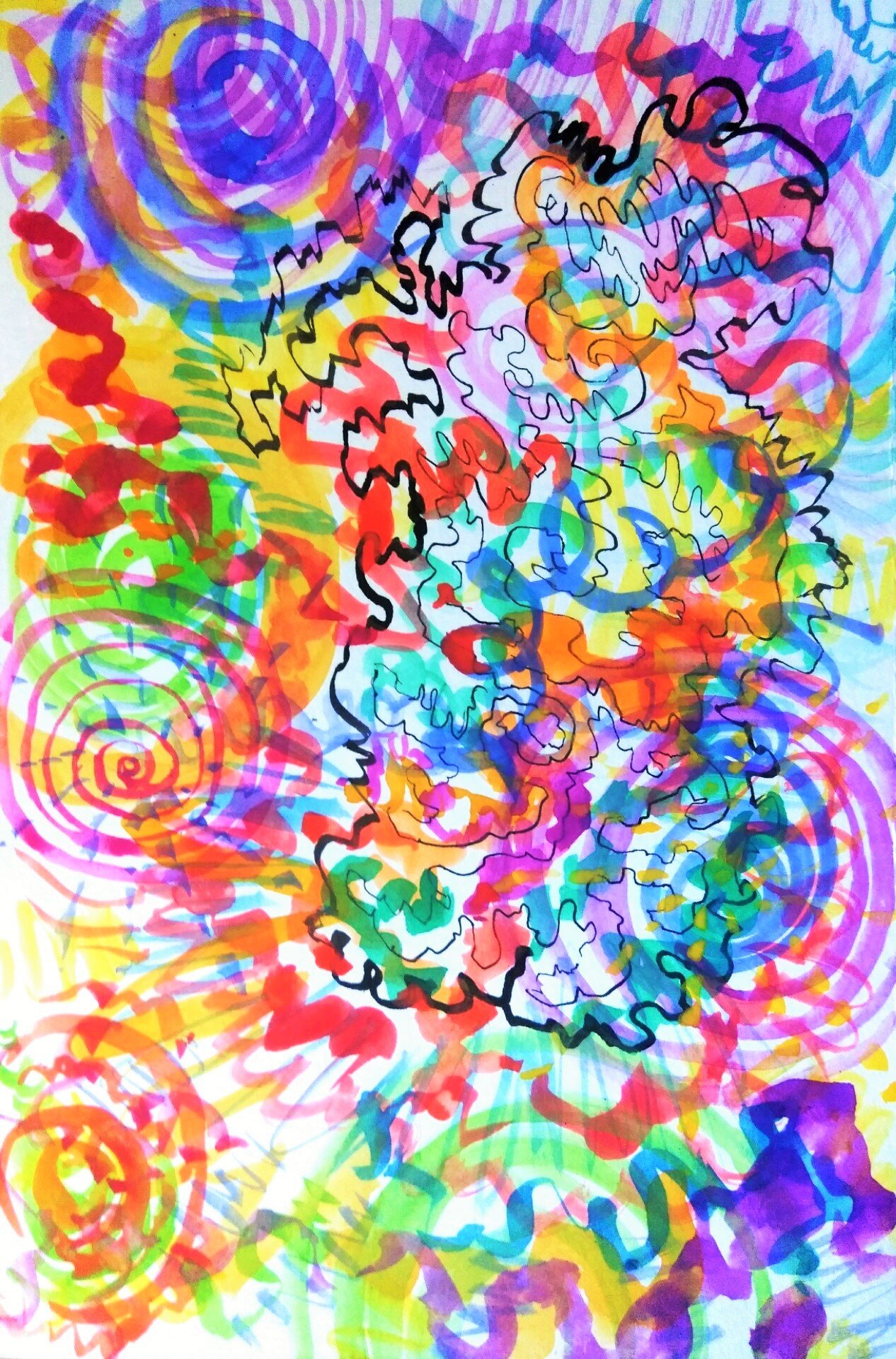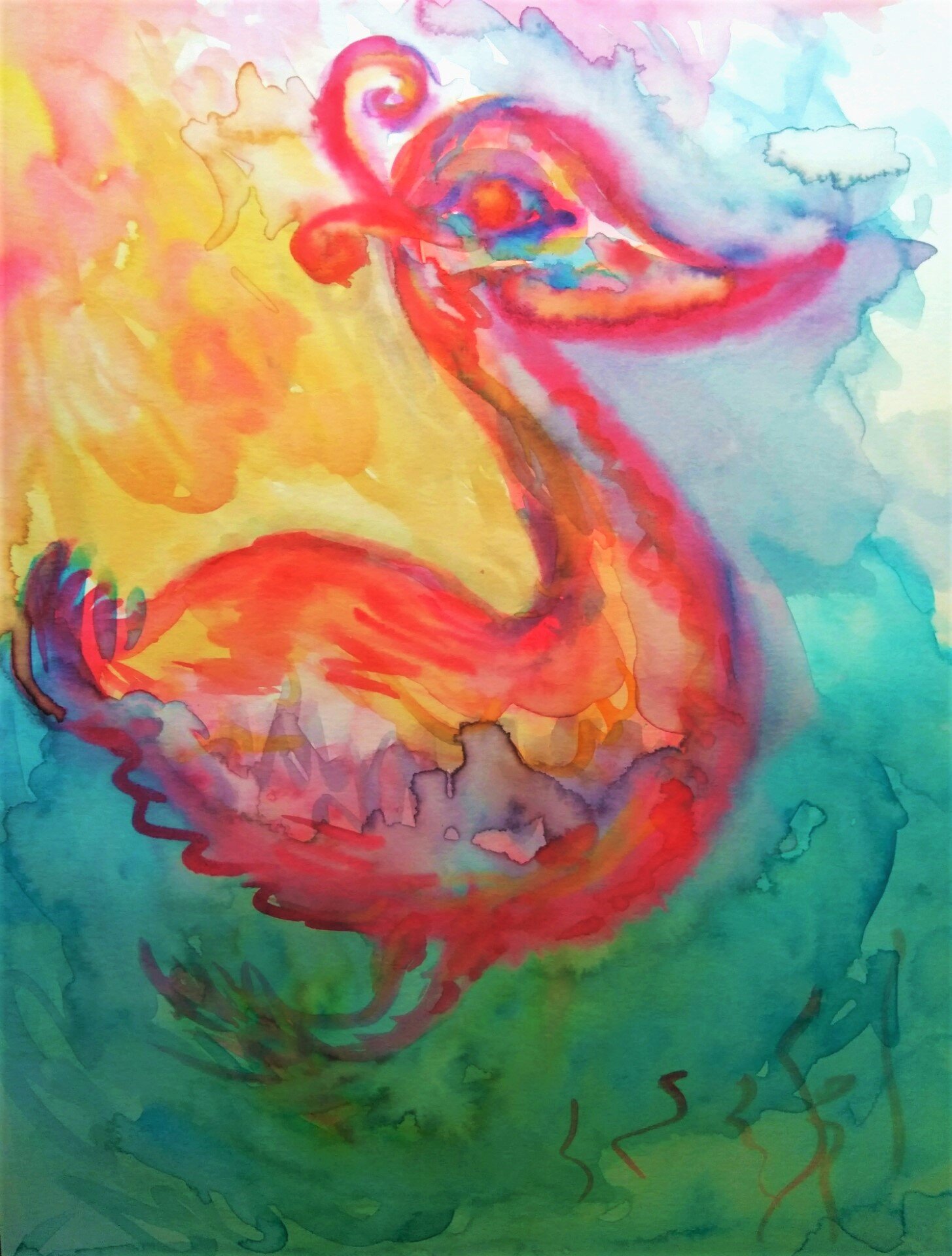Reflection and Artwork by Sebila Kratovac
Working on the land in New Mexico, planting, watering, caring for plants, taking time to notice all the creatures, colors, and shapes around me, must have been the first time in my adult life where I felt completely present. I was more in tune with my needs, I ate food that I planted, I gazed at the stars every night, and I woke up at sunrise for meditation, yoga, and birdsong. For most of us, these moment of enjoyment and presence are rare, and we are conditioned to feel guilty when we aren’t fully participating in the demands of the society. It is not necessarily realistic for most of us to leave the lives we know and go live on a farm but there are many small changes we can make to feel the joy of connecting with others and nature. I was inspired to write about presence when listening to one of my favorite podcasts, Design Matters with Debbie Millman. In an episode with filmmaker and author Tiffany Shlain, Tiffany and Debbie discuss how simple changes in our lifestyles can make a huge difference in the quality and enjoyment of our lives. These changes can help us be more creative, enjoy other people’s company, be more productive, deal better with fear and anxiety, and become greater manifestors.
Children in today’s age grow up with cellphones and screens, and have little time connecting eye-to-eye with other children and even their parents. Most people work a job where they are at the computer most of the day and this doesn’t stop after they go home. Tiffany’s biggest epiphany on her journey to more presence was giving up all screen time on Sundays, a journey that her whole family embarked on. She talks about feeling as if she was resuscitated – everything became more real and enjoyable, and her relationship with her husband and kids became stronger and more intimate. I never thought about how I have been impacted by being on my computer every day for hours until I remembered my time working on a farm in New Mexico. An extension to this advice is to go back to the analog way of doing things at least for some part of our day. For example, use a watch instead of checking time on your phone. You can read a physical book, draw or pain using physical art supplies and paper, write a letter with pen and paper to someone, get a landline so that you don’t have to depend on cellphone towers, burn candles instead of having artificial lights on, or ride a bike instead of driving a car.
Journaling, writing by hand to transmit thoughts onto a page, is another great tool for staying present. Writing can also be seen as a form of meditation, a way to become conscious of what is hiding in our subconscious mind and to be present with our thoughts, desires, and needs. The more we get to know who we are, the more we can manifest what we desire in our lives. Another form of meditation that I particularly love is walking. I prefer walking in nature but walking anywhere helps me ground and relax while noticing everything around me and feeling each step I take. If I am in a forest or garden, I can also connect to the energy of peace and beauty of nature and embody these qualities. I also love petting my cat Poey, looking into his eyes and imagining my energy going to my heart center. This heart centering exercise is hard for me but I keep practicing it because I know that being in my head makes me anxious and reactive. If I am unable to take a walk, I try to sit in silence and do nothing for a little while. This can turn into a meditation session, but it doesn’t have to be so structured. I also love sitting still when I am in nature and listening to all the organic sounds which are, to me, just as healing as silence.
When was the last time you really connected with someone without a phone or other distractions? When I moved to the US, one of the biggest culture shocks I experienced was that people didn’t take time to talk and get to know each other. Meeting up with people was always about doing an activity or having a short coffee break or meal. To me, these interactions felt so cold and superficial that it was very hard for me to make good friends and deep lasting connections. I am a great supporter of the art of listening deeply to one another, having empathy, and showing our vulnerable self and I hope that deep relationships will make a come-back in the Western society. I think that our priorities would have to change from prioritizing work, technology, and how to get ahead to investing more time in high-quality lasting connections and taking time for leisure and hobbies.
Another one of my favorite ways to cultivate presence is to move my body. Walking in nature is a no-brainer for me but so is dance, yoga, tai chi, pilates, and other forms of exercise. We all have different preferences, but as long as we can move in some way to oxygenate our blood and move energy throughout the body, we can be more aware of how our body feels, of our boundaries, how we show up in the world, and how we engage with life. Noticing how our body feels is an important element of an incredible meditation technique called Vipassana. In Vipassana, the meditators scan their body to notice any sensations that each part of the body holds. If there is any pain or discomfort, the ideas is to stay with the feeling until it vanishes. This meditation method also shows us that we experience emotions and sensations inside each moment and that these experiences are of temporary nature. If we can live presently through these uncomfortable feelings, we can live more aware, healthier, and purposeful lives.
For me, presence comes down to feeling good in my own skin - embodied, grounded, integrated. I am also practicing what it feels like connecting from the heart with others and the environment around me. This concept may seem a bit too abstract but it is very important because connection is essential for optimal physical, mental, and emotional health. The fear and anxiety we feel when meeting people is kind of a resistance to presence. We can push through this resistance if we realize that we are otherwise cutting ourselves from our life supply - heart energy we call love. Love, however, isn’t a temporary fix to our problems but something that comes hand-in-hand with healing the parts of us that make us feel empty inside. Love, to me, means wholeness, vitality, and unstoppable creativity. We all have this capability inside us that is waiting to be nourished and expressed.










